
Home button, camera, front camera, click; it takes four actions and less than five seconds to capture a selfie on a standard iPhone. Perhaps then it is no surprise that we take an estimated one million a day, often risking our careers as well as our lives and the lives of those around us in order to get the perfect self-portrait.
But is this ubiquitous action merely an inane form of self-promotion or are selfies in fact a modern medium of visual expression and communication that should be taken seriously?
That is the question a new exhibition at a London gallery is attempting to answer. From Selfie to Self-Expression, which opens at the Saatchi Gallery of contemporary art on March 31, is one of the first exhibitions to explore the history of the selfie phenomenon and celebrate its potential as a form of artistic expression.
Featuring interactive, digital and user-generated content by artists as diverse as Tracey Emin, Van Gogh, Rafael Lozano-Hemmer, Rembrandt and Cindy Sherman, the show illustrates how the smartphone has enabled ordinary individuals to document the world around them and tracks self-portraiture through the ages.
As well as showcasing work by established artists, the exhibition features examples of well-known selfies, including the viral one taken by Danish Prime Minister Helle Thorning-Schmidt with former U.S. President Barack Obama and former U.K. Prime Minister David Cameron at the memorial service for Nelson Mandela on Dec. 10 2013.
“For the last five centuries, humans have had this compulsion to create images of themselves and share them; the only thing that has changed is the way that we do it,” Nigel Hurst, CEO of the Saatchi Gallery and curator of the exhibition, tells TIME. “Selfies are easily the most expansionist form of visual communication that any of us have experienced for generations, which makes them noteworthy in their own right. We can’t ignore them as a cultural institution.”
Hurst cooked up the idea of From Selfie to Self-Expression with a couple of friends over a kitchen table in the city of Oxford about a year and a half ago. “We thought the show would be very timely and we couldn’t believe it hadn’t been done before,” he says.
Slightly surprisingly, Hurst says the Gallery has not faced any criticism for hosting an exhibition about an act heavily associated with reality TV stars such as Kim Kardashian and dismissed by many as self-indulgent and childish. However, some people have questioned whether a selfie can constitute a work of art.
“The simple answer to that is that everything can be art if it’s followed through by the maker with enough conviction and coherence, and also that enough people accept and believe that it’s art,” Hurst says. “We’re not saying that the slideshow of a teenager trying out various poses is as significant as a work by Rembrandt, but the art world cannot ignore this phenomenon.”
If selfies are the preferred form of self-expression for today’s millennials, how will future generations choose to present themselves? Through his research for the exhibition, Hurst has noticed the selfie tide is beginning to change direction.
“When cameraphones first came in, they were so basic and the resolution was so rubbish that you could only take shots of either a plate of food in front of you or your own face,” he says. “Now smartphone technology has totally revolutionized and people are beginning to use their cameraphone like a camera again. Yes, people will continue to take selfies, but I’ve noticed that people are increasingly choosing to express themselves by documenting what they find interesting and beautiful from the world around them.”
Kate Samuelson is a reporter at TIME based in London. Follow her on Twitter.
Danielle Staif, who edited this photo essay, is a photo assistant at TIME.
Follow TIME LightBox on Facebook, Twitter and Instagram.
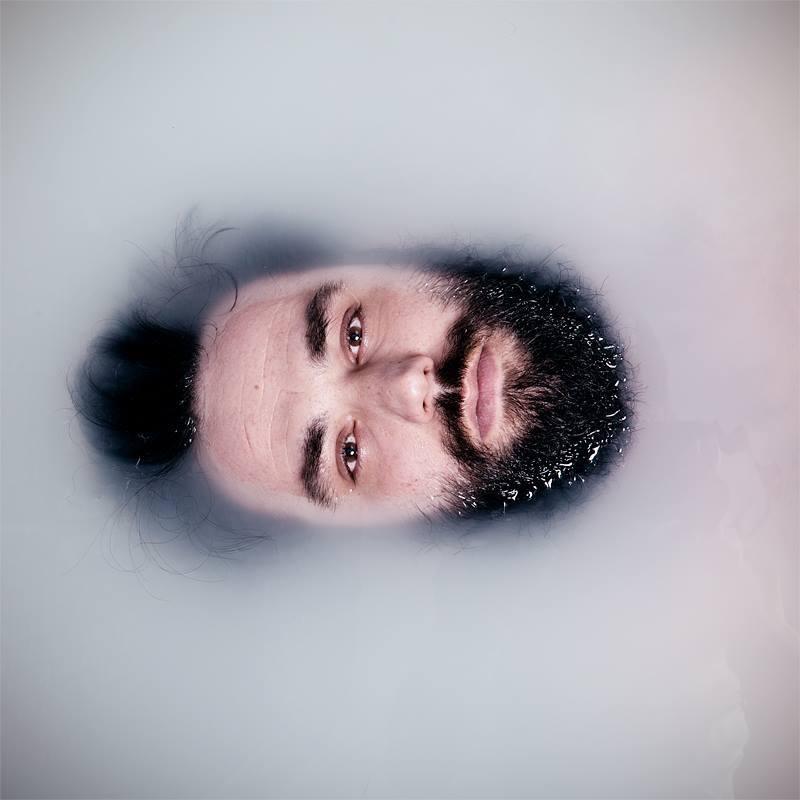

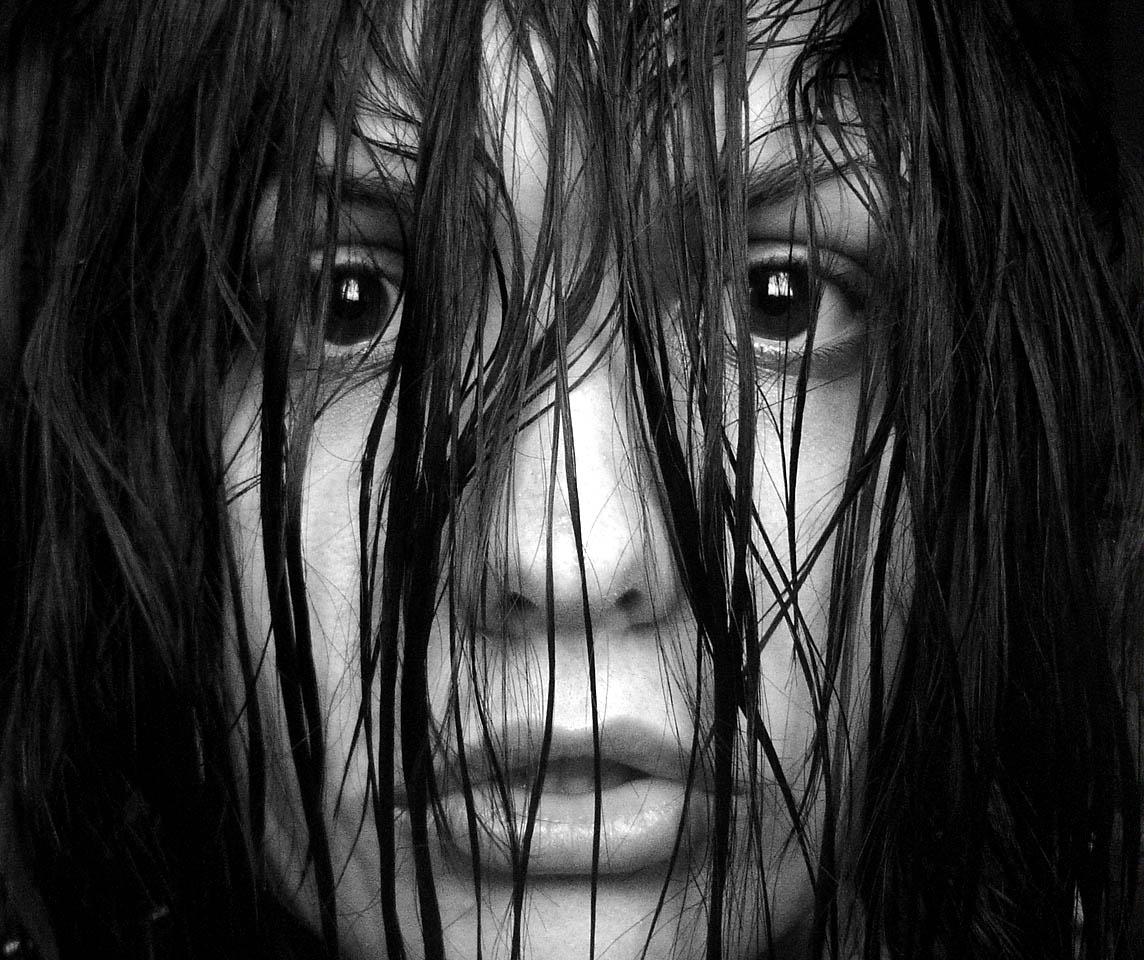

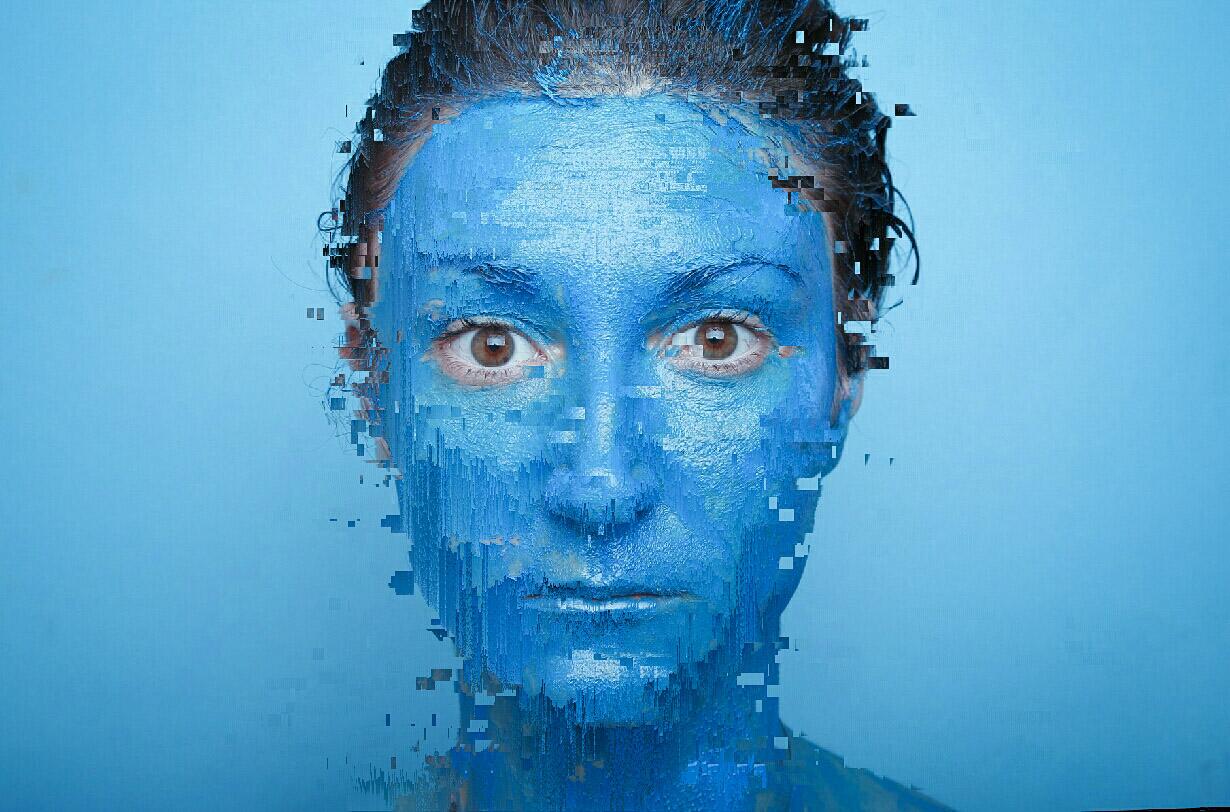

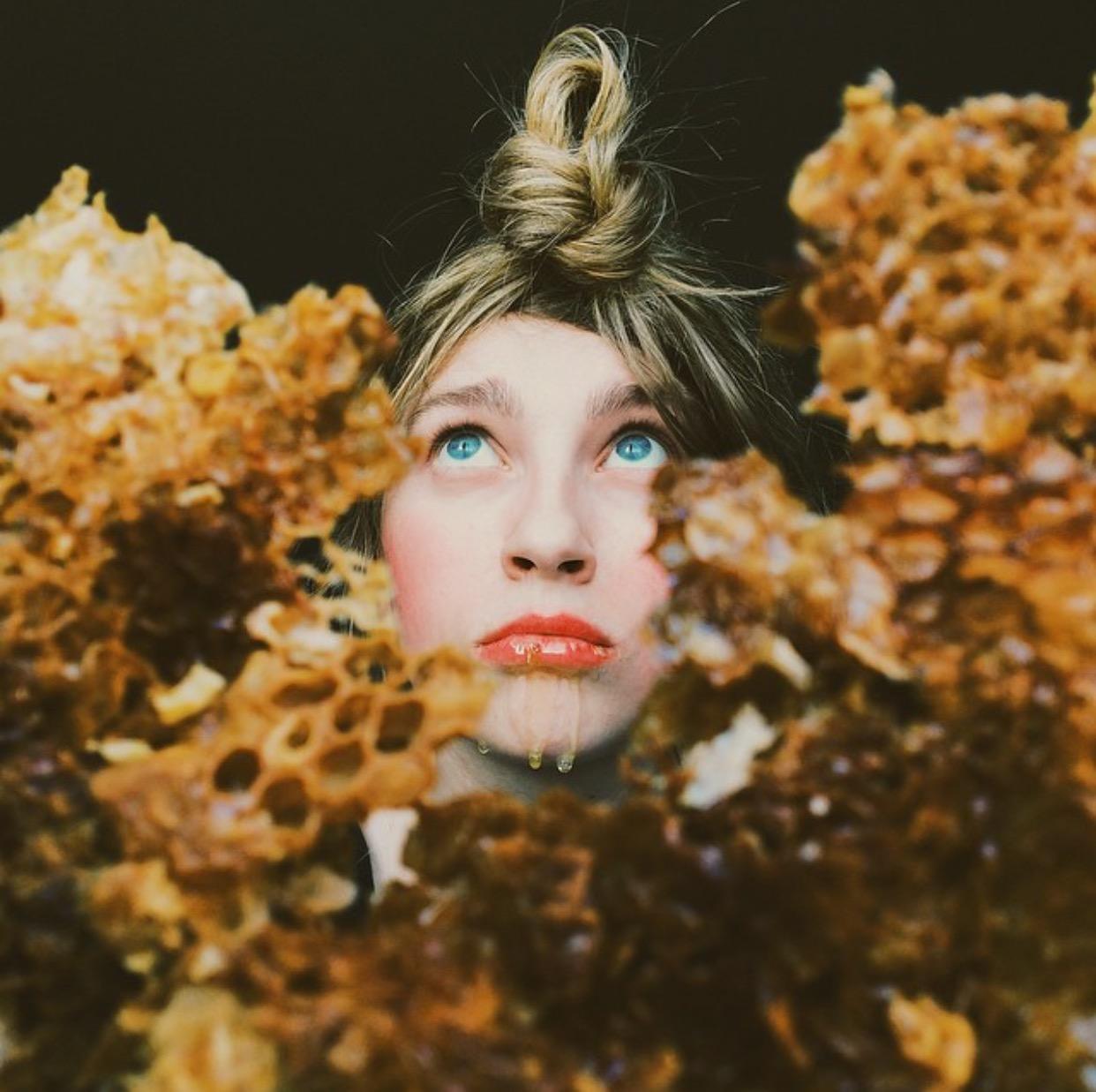
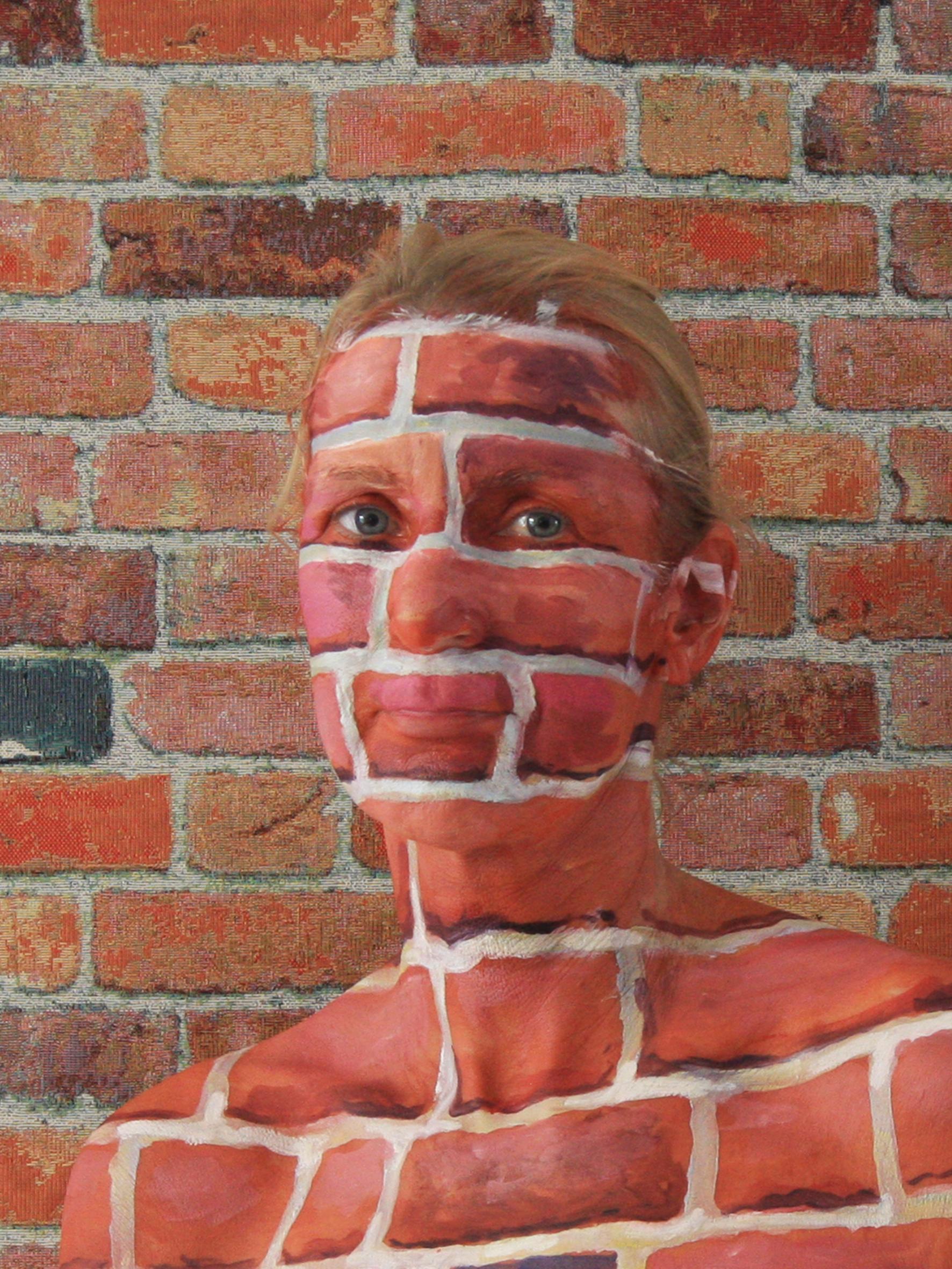
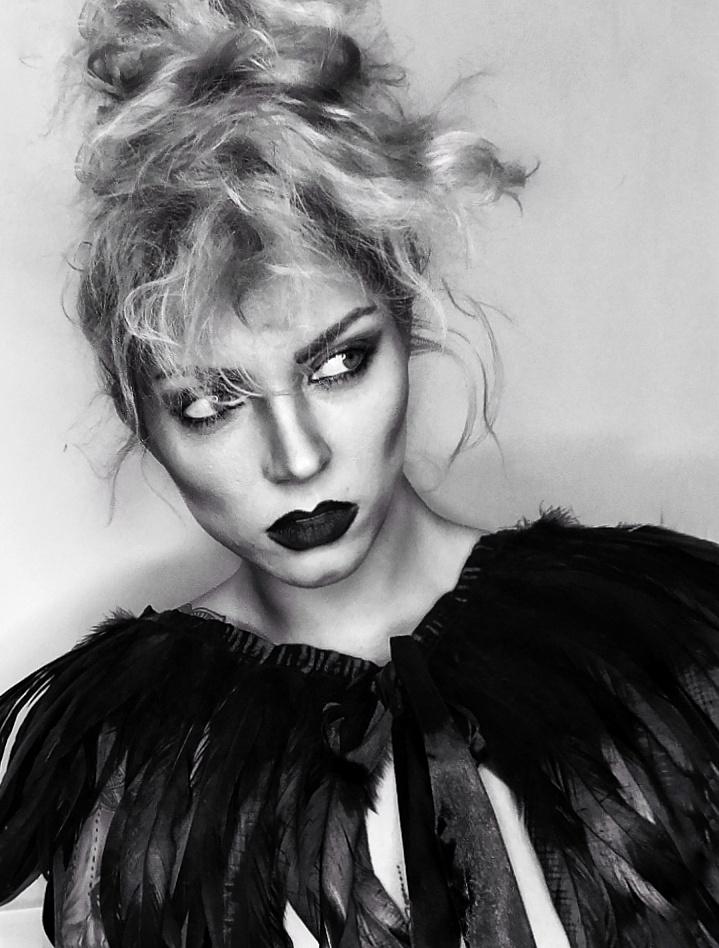
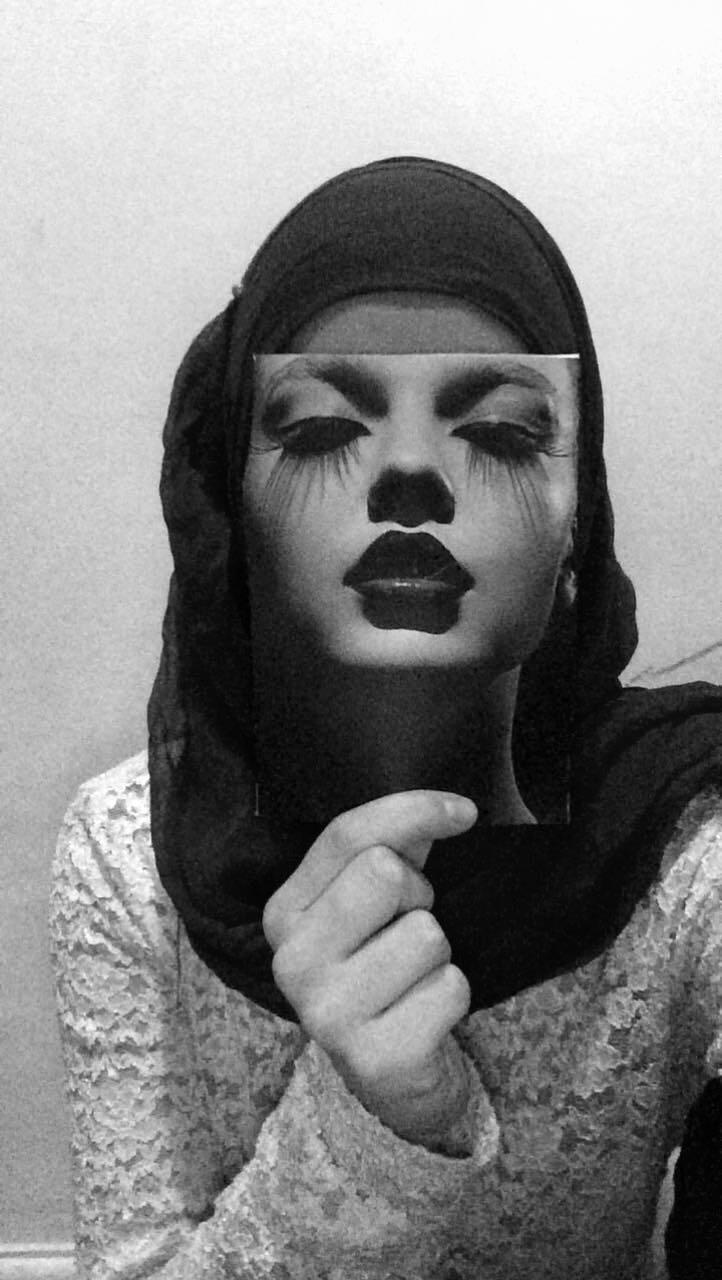
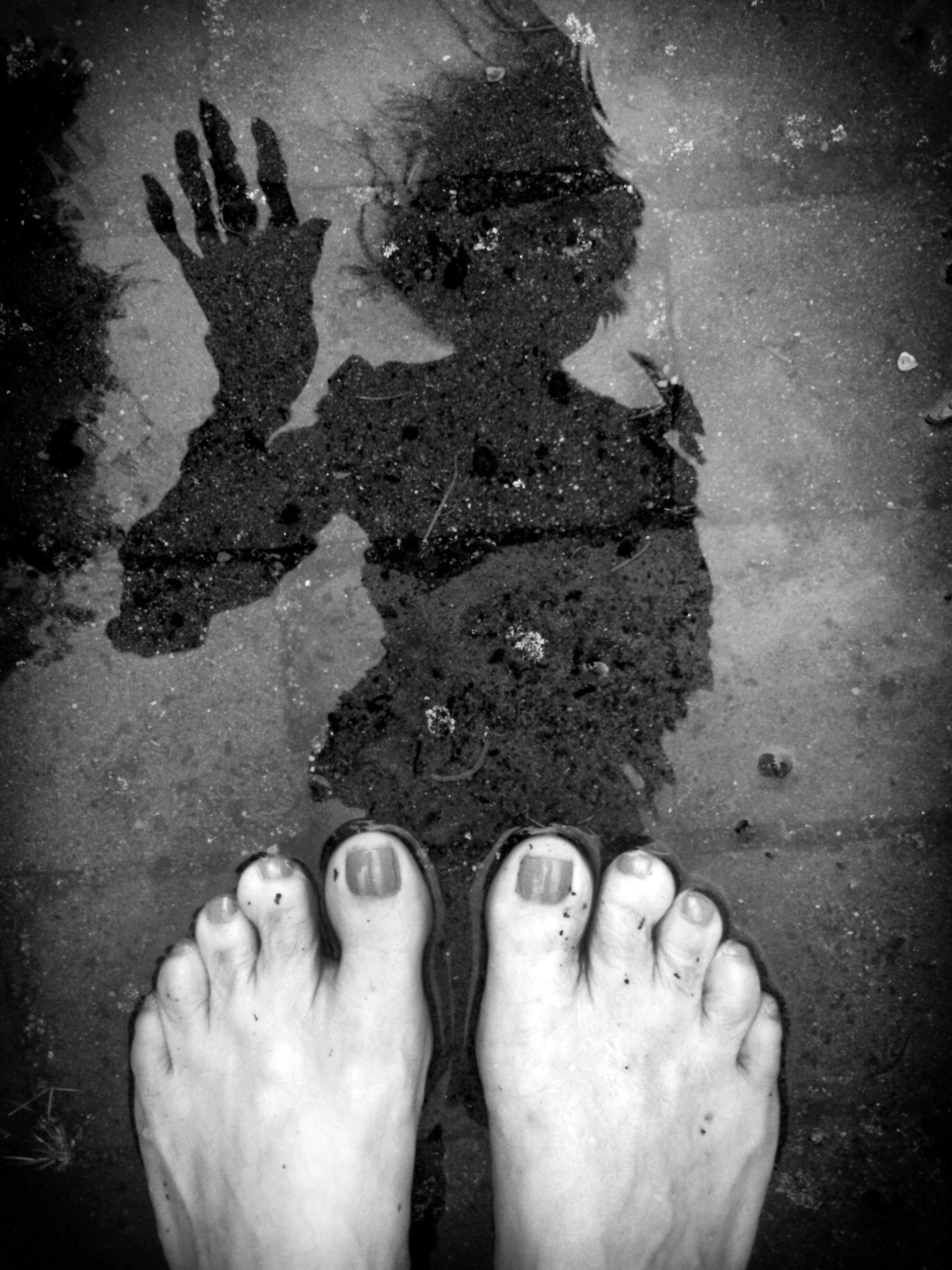
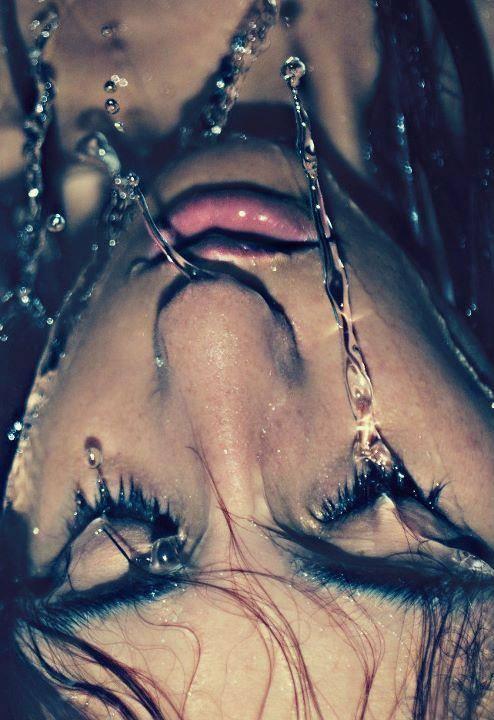


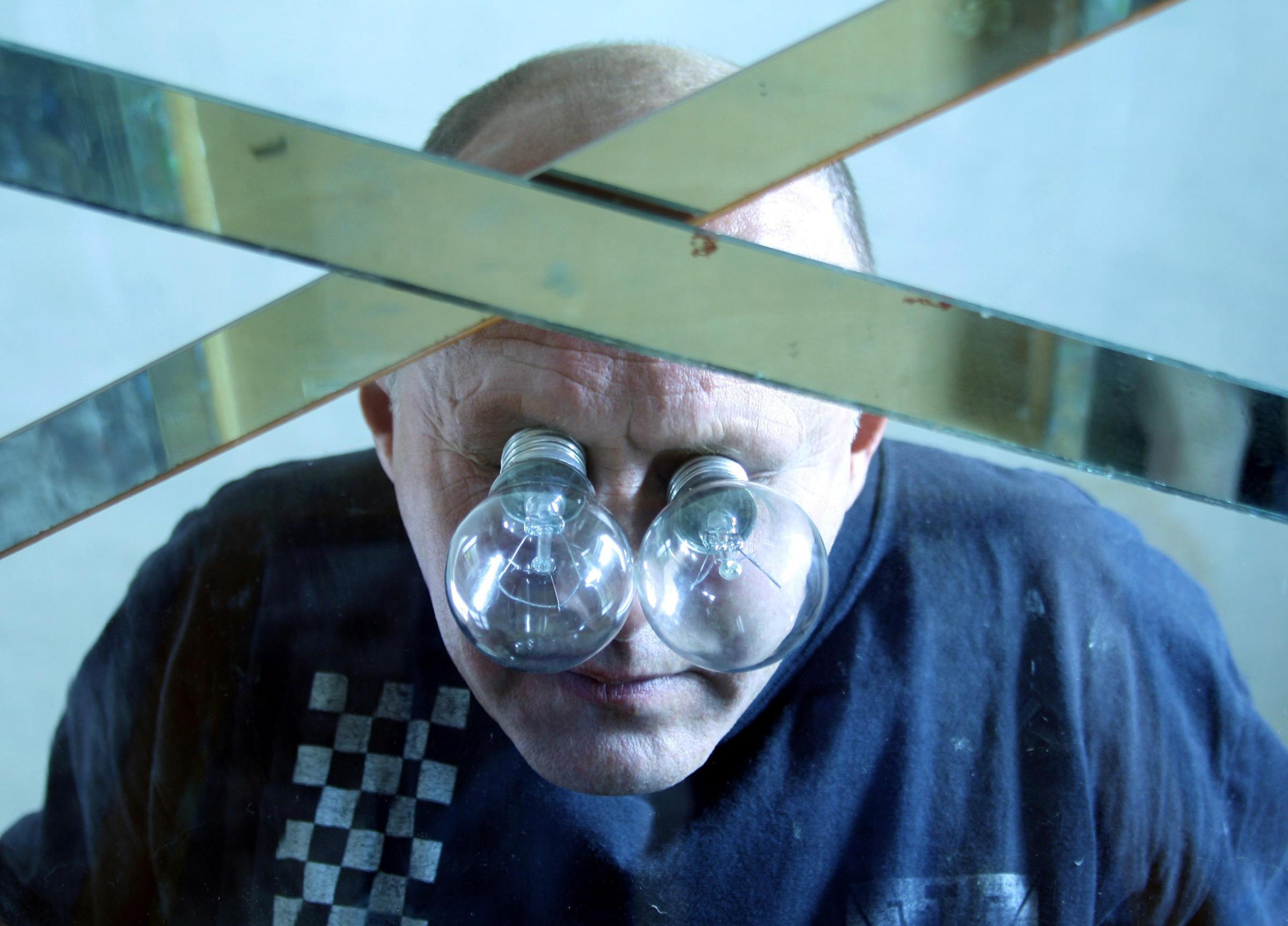

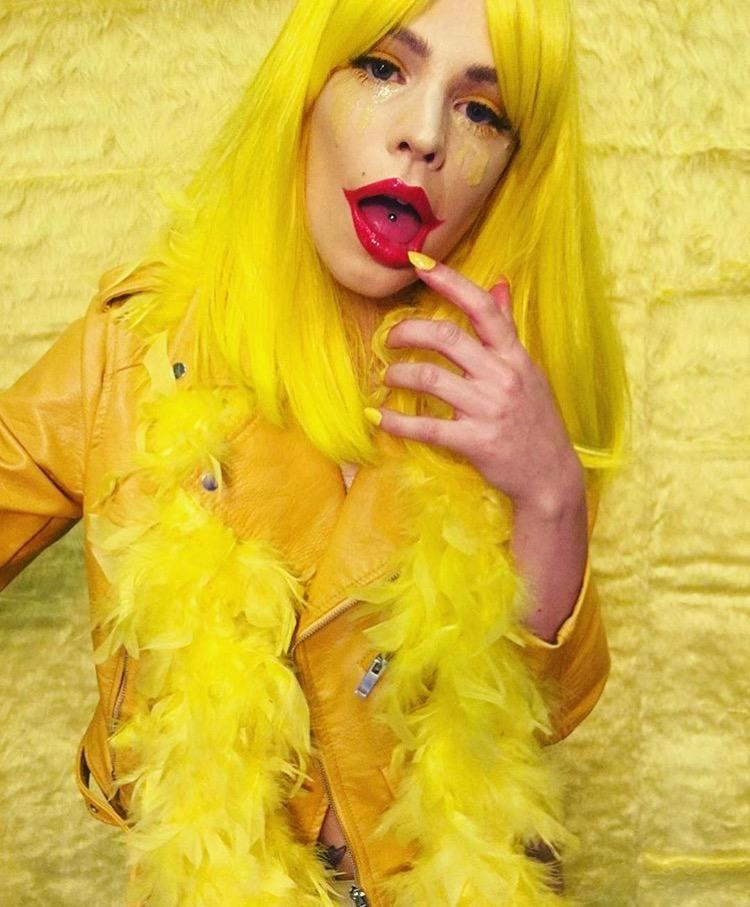
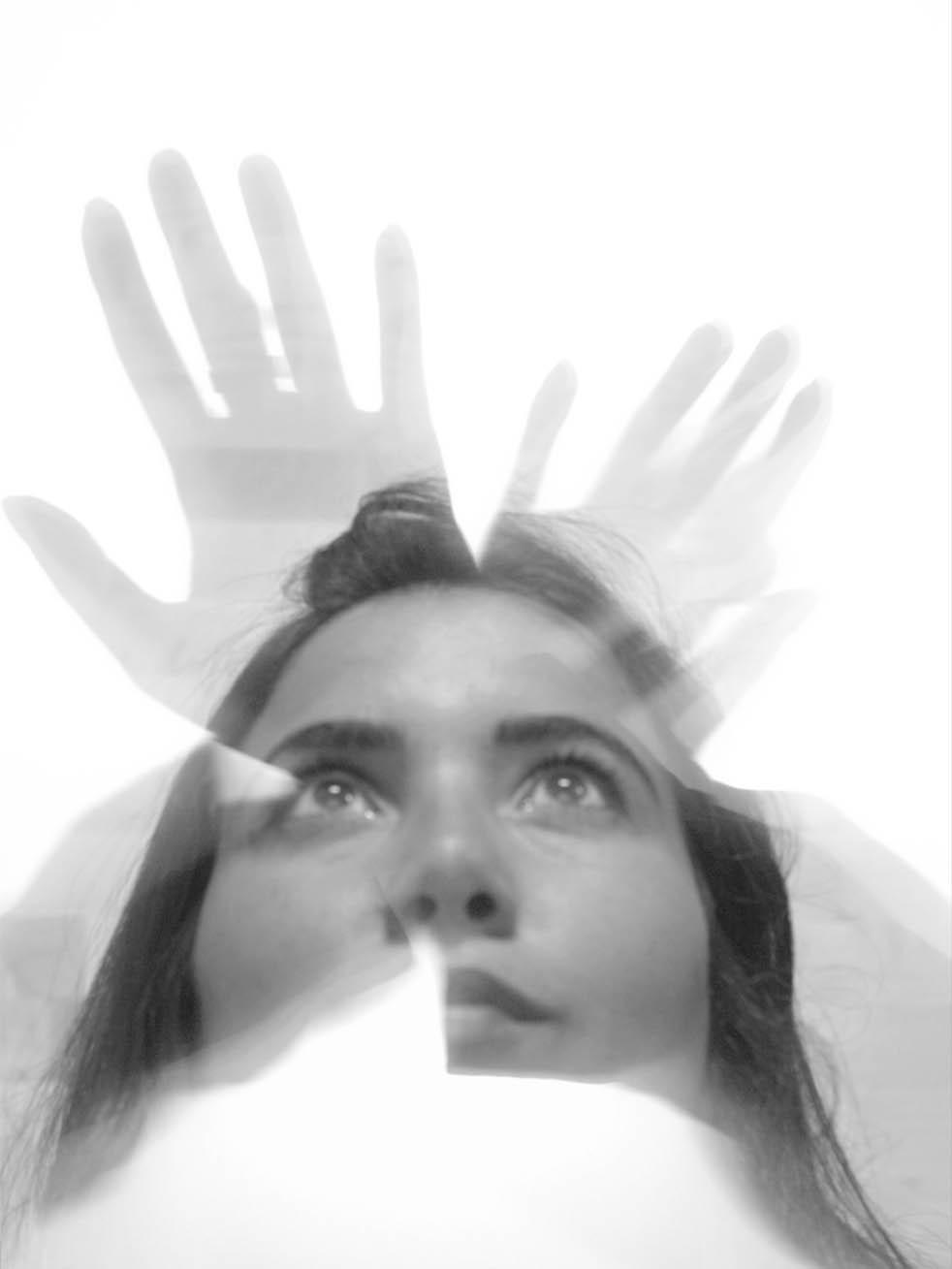


More Must-Reads from TIME
- How Donald Trump Won
- The Best Inventions of 2024
- Why Sleep Is the Key to Living Longer
- Robert Zemeckis Just Wants to Move You
- How to Break 8 Toxic Communication Habits
- Nicola Coughlan Bet on Herself—And Won
- Why Vinegar Is So Good for You
- Meet TIME's Newest Class of Next Generation Leaders
Write to Kate Samuelson / London at kate.samuelson@time.com